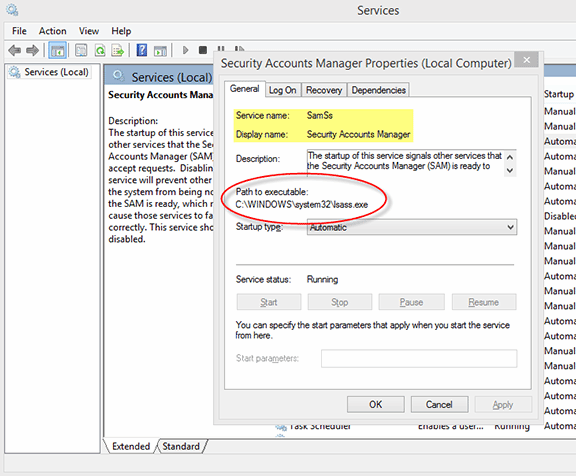Security Accounts Manager (SAM): An In-Depth Overview
- Home
- Support
- Tips System Rescue
- Security Accounts Manager (SAM): An In-Depth Overview
Summary
The Security Accounts Manager (SAM) is a vital component of the Microsoft Windows operating system, serving as a database file that stores usernames and passwords. Its primary function is to enhance system security, especially in cases where the machine may be stolen or compromised. The article explores the functionalities, purposes, and accessibility of the SAM, emphasizing its significance in maintaining Windows security.


Remove Windows Login Password 3 steps for whole password remove process.
Enable/Create Administrator One click for creating new administrator and enable the disabled account.
Widely Use New version supports UEFI boot model, which can be used on more computers, laptops and even surfaces.
Multifuctional Data transfer, data recovery, bootable problem recovery can be run without system.
Highly compatible Windows 10/8.1/8/7/XP/Vista.
Remove Login Password 3 steps for whole password remove process.
Enable/Create Administrator One click for creating new administrator and enable the disabled account.
Easy to use No need of any professional knowledge or password reset disk.
Relate Links :
Top 5 Windows Login Password Remover Tools
17-06-2024
Jennifer Thatcher : Discover our guide to the top 5 Windows login password remover tools, featuring a detailed comparison of their...
Reset Windows 10 Password Without Logging In: Four Effective Methods
11-06-2024
Jennifer Thatcher : Discover how to reset your Windows 10 password without logging in. This guide provides step-by-step instructions for various...
Forgot Windows 10 Password Local Account? Here's How to Reset It
02-06-2024
Amanda J. Brook : Discover various methods to recover a forgotten Windows 10 local account password. This comprehensive guide covers easy to...
How to Factory Reset an iPhone 6 Without Password or Computer
19-12-2023
Ashley S. Miller : Learn how to factory reset your iPhone 6 without a password or computer using various methods like iCloud,...




